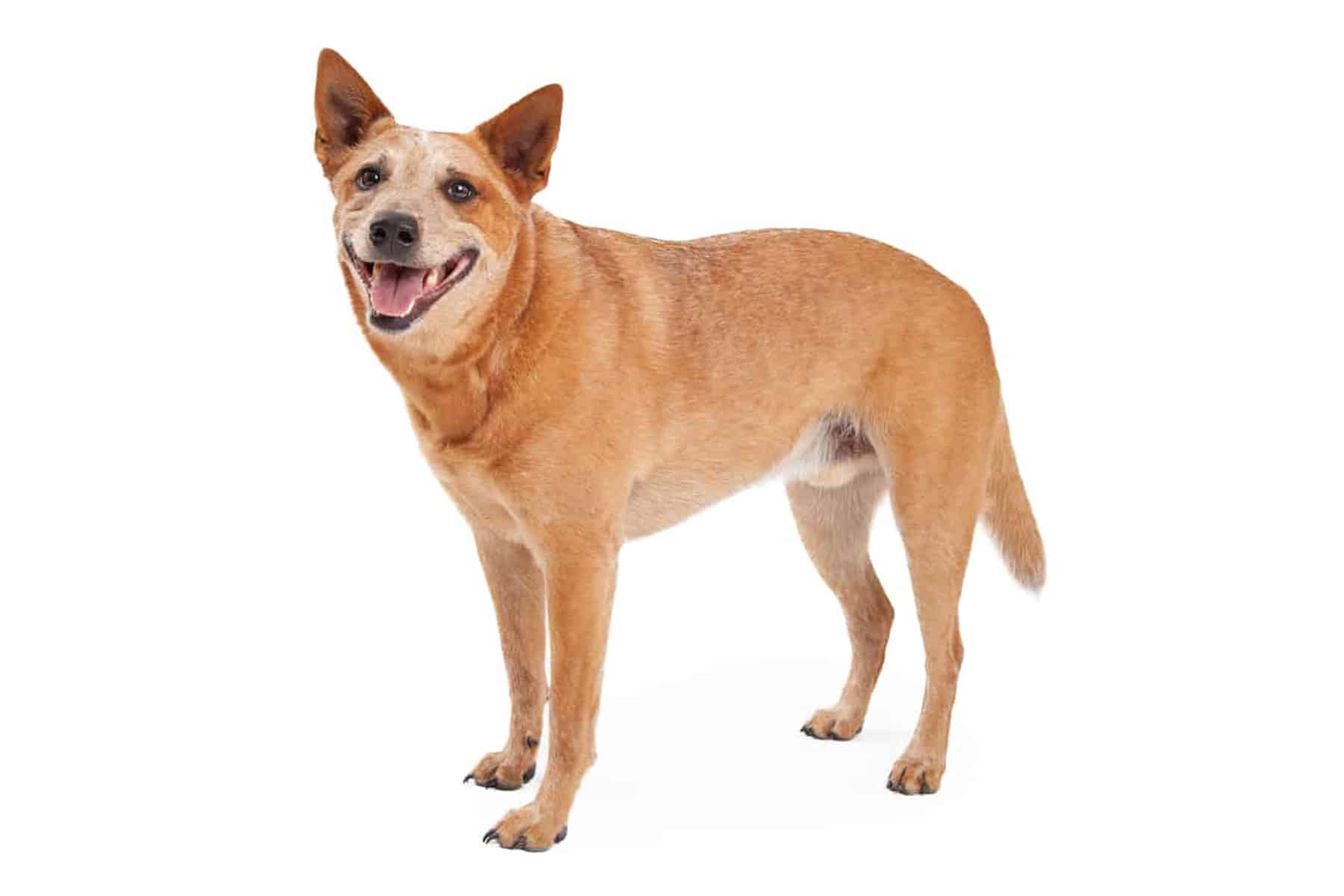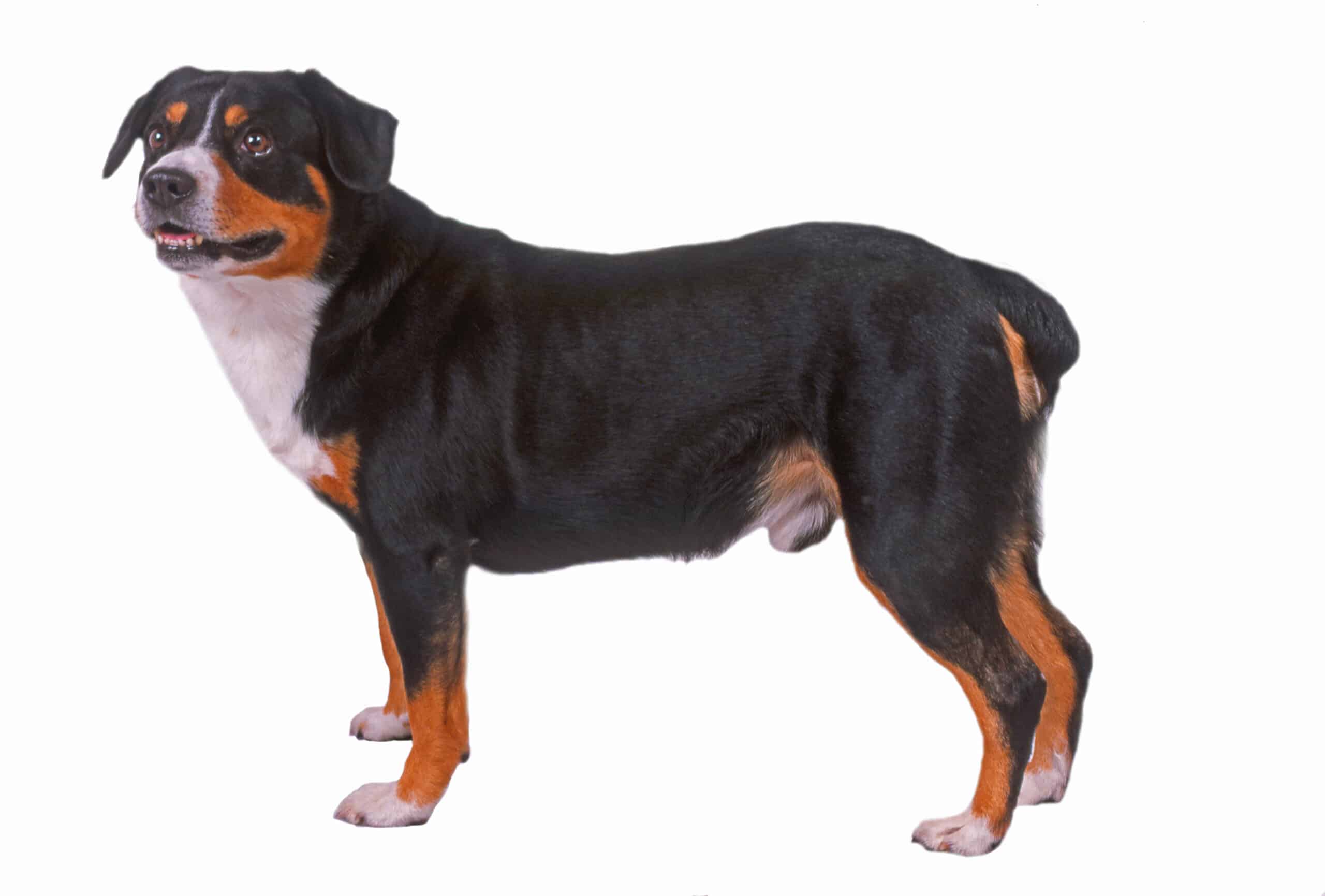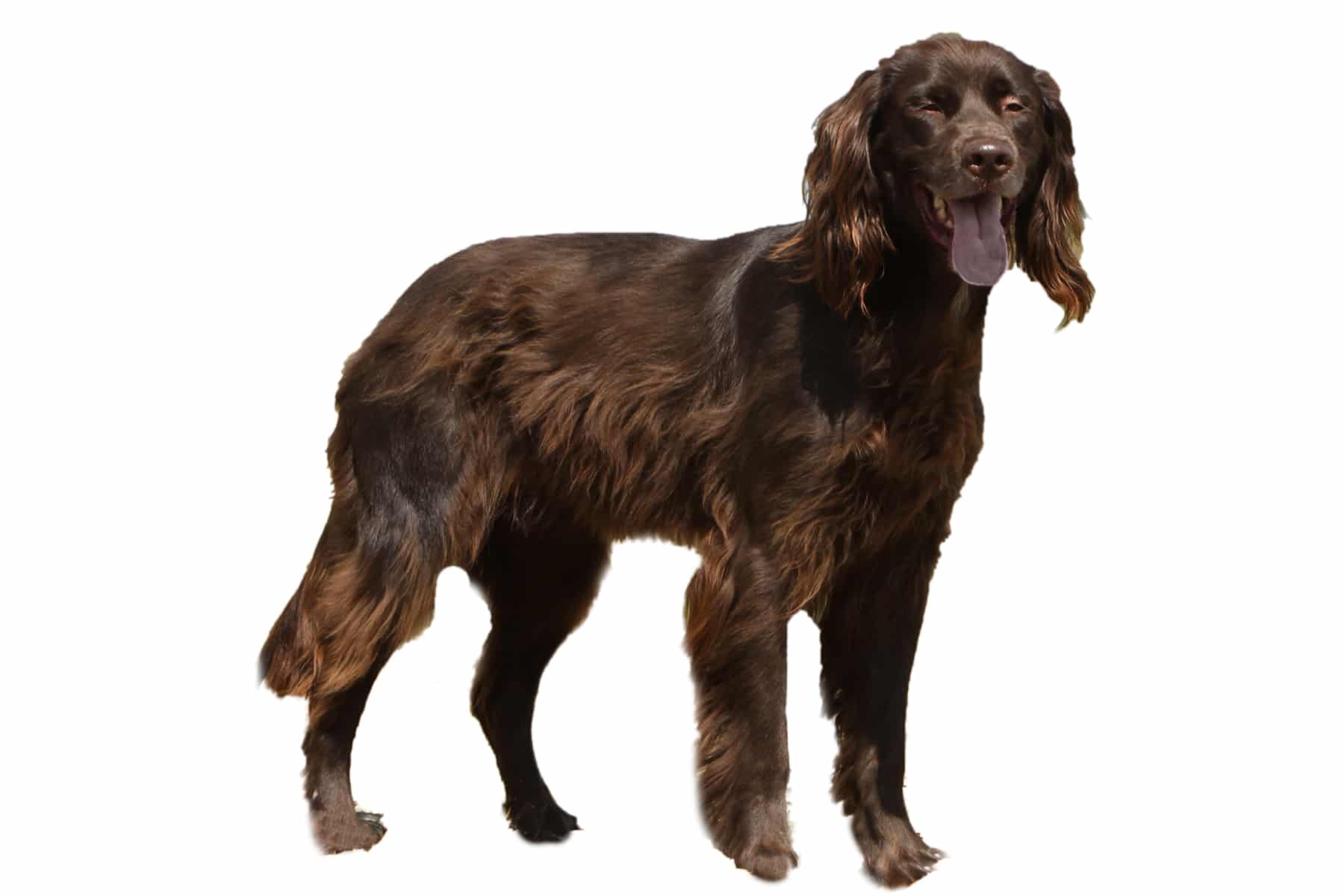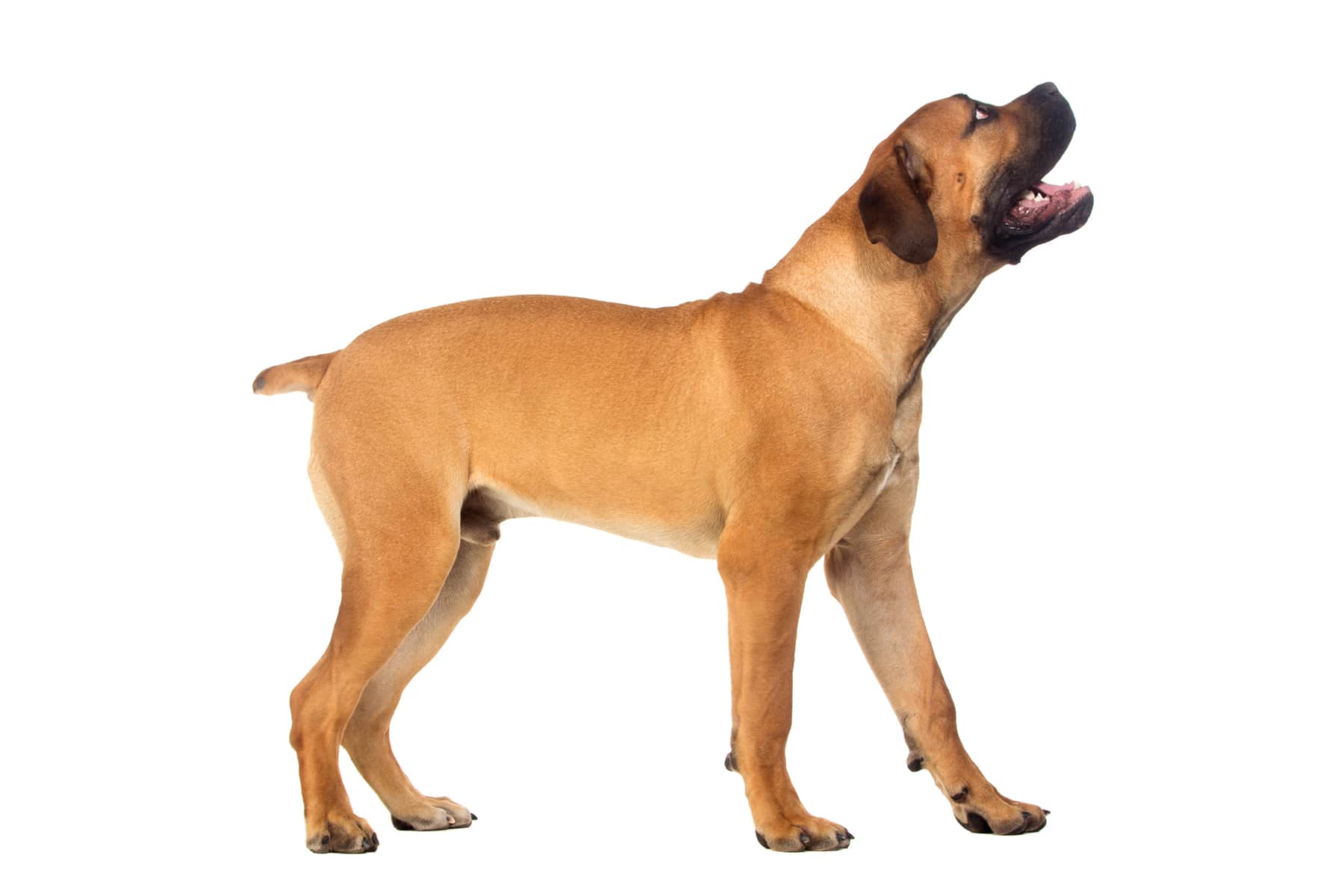Spanish Water Dog




Temperament:
The origin of the Spanish Water Dog - also known as the perro de agua español - can be recognized by its name. It comes from Spain. The Spanish Water Dog is strong and robust. He likes to work, but also enjoys the peace and quiet of being with his family.
Characteristics
The Spanish Water Dog is also called Perro for short by its lovers. It has a curly, sometimes shaggy coat, which gives it a cute appearance. The Spanish Water Dog does not shed, but must be clipped.
There are many color variations. Its coat can be completely white, brown, black or beige. Sometimes it is also black and white, beige and white or brown and white patterned. The Spanish Water Dog is well proportioned, muscular and has a rustic build. Males usually reach a shoulder height of up to 50 centimetres. Females reach a shoulder height of up to 45 centimetres. Depending on their size, they weigh between 14 and 22 kilograms. On average, the Spanish Water Dog reaches an age of around 15 years.
This dog belongs to FCI Group 8 (Aportier-, Stöber- und Wasserhunde). This already suggests that the Spanish Water Dog is an active working dog. With its abilities, it can work as a herding dog, hunting dog or fishing dog. Nowadays, the Spanish Water Dog is also often used as an epilepsy or disability assistance dog. He loves the water and sometimes dives down to hunt fish. No wonder the Spanish Water Dog loves any sporting activity.
He excels in dog school and on the dog training field. Sports such as agility, driving ball or tracking are his favorite hobbies. He is active, obedient, alert and very willing to work. He is also described as loyal, even-tempered and very adaptable. He tries to make the best of every situation. If he has done something wrong, he tries to cover it up with charm.
The Spanish Water Dog is a friendly and adventurous contemporary. He is initially rather reserved and cautious towards strangers. It can therefore take eight to ten weeks to get used to a new home. But once you have taken him to your heart, he will be loyal and affectionate. With enough exercise and activity, the Perro is also a good family dog.
Coat care:
Shedding:
Energy level:
Trainability:
Children suitable:
The right food
When choosing food, make sure that it contains high-quality ingredients, is balanced and meets your dog's requirements. Age, size or weight, activity and health status play an important role. You should follow the manufacturer's recommendations for the amount of food.
Treats should only be fed in moderation and deducted from the basic diet to avoid obesity.
Puppies can be fed 4-6 times a day. The number of meals should be gradually reduced to 2 per day until the dog is fully grown. A rest period should be observed after meals.
Fresh drinking water should be available at all times.
Health & Care
This shaggy dog is one of the low-maintenance dogs. Its coat is long, curly and woolly in texture. It does not need to be combed or brushed. In fact, combing would be very unpleasant for the dog. Smaller tangles can be easily removed with the fingers. It should also not be styled, as it is not the type for this.
The Spanish Water Dog hardly sheds at all, which makes it an ideal dog for allergy sufferers. Nevertheless, allergy sufferers should test living with a Spanish Water Dog before finally bringing it into their home.
However, the fact that the dog does not shed also means that it has to be clipped from time to time. How often is up to the owner. But it should be at least once a year. After clipping, the coat should be evenly long all over the body. The optimum coat length after clipping is between three and five centimetres.
Frequent bathing is generally not good for sensitive dog skin. However, as the Spanish Water Dog likes to wallow in the mud, you cannot avoid an occasional bath or a shower with the garden hose. Always use a special moisturizing dog shampoo. After bathing, you should gently dab the coat, but do not rub it dry.
The ears need special care: Hair grows here too. They need to be plucked regularly. This sounds painful, but it is not at all for the Spanish Water Dog. If the hair is allowed to grow, it can lead to nasty ear infections. The paws are relatively easy to care for. Make sure that no dirt accumulates between the toes above the webbed feet. If the claws do not wear off by themselves, they must be trimmed regularly.
Suitable accessories
Apart from basic dog equipment, the Spanish Water Dog does not need any other accessories. The basic equipment includes a collar or harness with lead, dog basket or dog mat as a retreat, water and food bowl, tick tweezers, claw clippers, mild dog shampoo, brush and comb or rubber curry comb, toothbrush and toothpaste for dogs, transport box for transportation in the car and a first aid kit. It's best to ask your vet what should be in the first aid kit.
As this breed is very active, you should buy a few dog toys such as a frisbee, balls or even a climbing frame for dogs. It's best to play games with him that also stimulate his mind.

Origin & History
The history of the Spanish Water Dog is easy to tell. It originally comes from the south of Spain. It is still widespread today, especially in Andalusia. In some parts of Spain, the dog is also called Turco Andaluz, which means Andalusian Turk.
This name is based on a legend about its origins: it is said to have helped Turkish shepherds herd merino sheep. He is said to have first appeared in Hungary. This country was occupied by the Ottomans at the time. They probably took a liking to the loyal, shaggy dog and took him with them.
Another story says that the Moors brought it to Spain from North Africa. The Spanish Water Dog is also demonstrably related to the Portuguese water dog. Another relative is the Barbet from France.
In Spain, the Spanish Water Dog had many tasks: They were used as herding dogs, guard dogs and helpers on the coast.
It was not until around 1970 that the actual breeding of the dog began in Spain. In 1999, it was officially included in the register of the FCI (Fédération Cynologique Internationale). In the meantime, it is also becoming increasingly common in other European countries.





